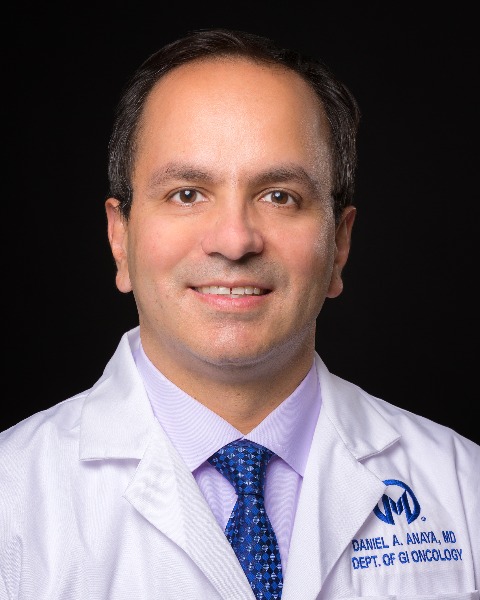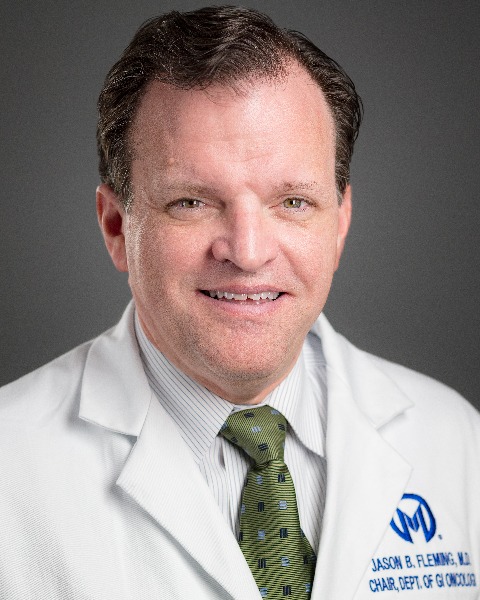Disparities in Surgical Oncologic Care
32: The Impact of Neighborhood Socioeconomic Deprivation on Overall Survival for Resectable Pancreatic Cancer Patients in Florida: An Incidence-Based Retrospective Cohort Study
- NF
Nadege T. Fackche, MD (she/her/hers)
Clinical Fellow
Moffitt Cancer Center
Tampa, Florida, United States - NF
Nadege T. Fackche, MD (she/her/hers)
Clinical Fellow
Moffitt Cancer Center
Tampa, Florida, United States - NF
Nadege T. Fackche, MD (she/her/hers)
Clinical Fellow
Moffitt Cancer Center
Tampa, Florida, United States - JP
Jenny B Permuth, PhD
GI Oncology
Moffitt Cancer Center, United States - SV
Susan T. Vadaparampil, PhD, MPH
Professor
Moffitt Cancer Center, United States - DC
Dung-Tsa Chen, PhD
Faculty
Moffitt Cancer Center, United States - JL
Jiannong Li, PhD
Faculty, Bioinformatics
Moffitt Cancer Center, United States - NS
Nathanael Stanley, PhD
Applied research scientist
Moffitt Cancer Center, United States - MP
Margaret A Park, PhD
GI Oncology
Moffitt Cancer Center, United States - CK
Cheryl Knott, PhD
Professor, behavioral and community health
University of Maryland, United States 
Daniel A. Anaya, MD, MSHCT
Professor and Chief, GI Surgery. Head - Hepatobiliary Section
Moffitt Cancer Center
Tampa, Florida, United States
Jason B. B. Fleming, MD (he/him/his)
GI Oncology
Moffitt Cancer Center, United States- BP
Benjamin Powers, MD
University of Maryland Marlene and Stewart Greenebaum Comprehensive Cancer Center
University of Maryland, United States
Abstract Presenter(s)
Submitter(s)
Author(s)
Methods: Using the incidence-based Florida Cancer Data System, 16,319 pancreatic adenocarcinoma patients diagnosed from 2008-2015 were identified; 4,323 had resectable pancreatic cancer based on AJCC stage (stage1, stage 2), collaborative stage extent variables and were reported to be clinically eligible for surgery. The Area Deprivation Index, a validated dataset that ranks neighborhoods (census block groups) from 1-100 (higher scores = higher deprivation) at the national level, was used to assess OS by quintile. Survival analysis with Kaplan-Meier, log-rank test, and Cox proportional hazard regression were used.
Results:
The median national SED ranking was 54, and the median follow-up time was 11.8 months. The rates of surgery, chemotherapy, and multimodal treatment for the cohort were 56.4%, 51.8%, and 36.6%, respectively. The median OS for the cohort was 12.8 months. The median OS for surgery and no-surgery cohorts were 20.2 and 6.3 months, respectively (p< 0.05). The median OS for receipt and no receipt of multimodal treatment (surgery and chemotherapy) were 22.7 and 7.7 months, respectively (p< 0.05). The lowest SED quintile had a higher OS after undergoing surgery or multimodal treatment (22.7 and 24.6 months, respectively) compared to the highest SED quintile (17.2 and 18.9 months, respectively). After adjustment for demographic and treatment variables, the highest SED quintile had an increased odds of mortality relative to the lowest SED quintile (HR 1.21; 95% CI,1.09-1.43).
Conclusions: Resectable pancreatic cancer patients with higher neighborhood SED receive less treatment and have worse overall survival than lower SED patients in Florida. The OS disparity for higher SED patients persisted after controlling for demographic and treatment variables. These results suggest that SED exerts an impact along the pancreatic cancer care continuum, and future studies are needed to identify the multilevel mechanisms, such as care coordination and treatment quality, that lead to survival disparities.
Learning Objectives:
- Define Socioeconomic deprivation (SED)
- Define area deprivation index (ADI)
- Understand the link between socioeconomic deprivation (SED), area deprivation index (ADI), and disparate outcomes in patients with resectable pancreatic cancer
